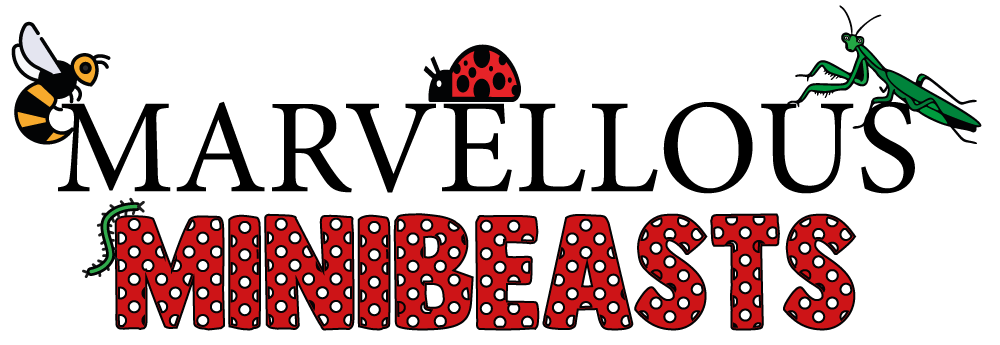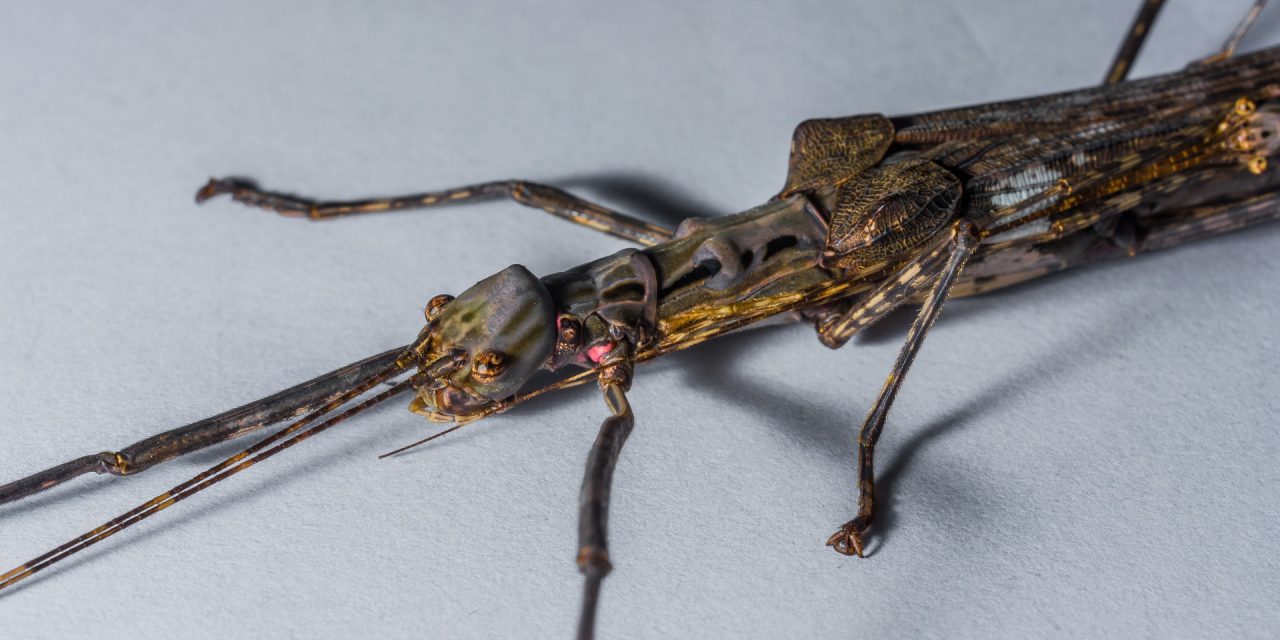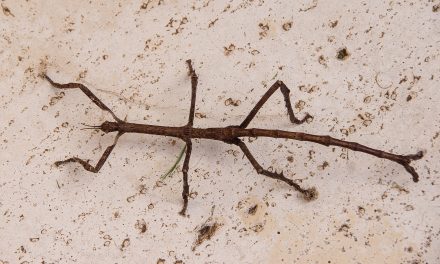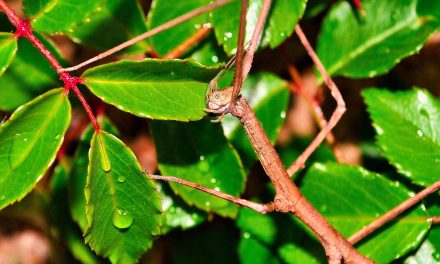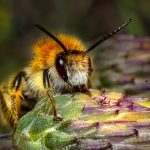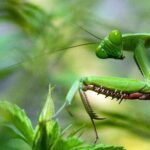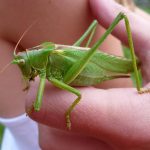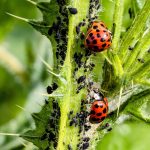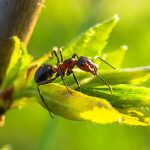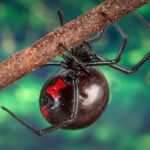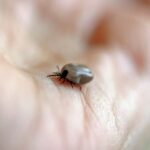This post contains affiliate links. As an Amazon Associate, Lifeofbugs.com may earn from qualifying purchases.
Stick insects make great pets, but before you rush out and purchase them, it is important to think about the housing they will require. Stick insects can be kept and bred with a moderately low level of difficulty. However, complications can arise if they are housed in conditions that are inadequate or inappropriate.
Stick insects have a relatively rapid rate of reproduction, which means that their living space can become overcrowded in a relatively short amount of time. Overcrowding can cause damage to your stick insects as they won’t have space to moult, but it can also increase the likelihood of mould and fungus growing inside the enclosure. Keep reading to find out what enclosure is best for your new stick insect.
What enclosure do I need for my stick insects?
Stick insect enclosure requirements will vary depending on the species that you choose. If you want to keep some of the larger species, like the jungle nymph, for example, you will need an enclosure that is significantly larger than the recommended size for a regular stick insect.
The vast majority of species can live quite happily in a large sweet jar as long as there is sufficient ventilation. However, it is important that the top be replaced with netting or mesh. Stick insects need to moult, and they do this while hanging from the mesh. An old pair of tights held in place with a rubber band is sufficient enough for old sweet jars. If you are purchasing a stick insect enclosure, you will need to choose one with a mesh top.
Types of stick insect enclosures
A popular enclosure for stick insects is a netting pop-up enclosure, which can be hung up or placed on a flat surface. This enclosure is easily collapsed and stored away when not in use. These enclosures can be used again to house other insects, especially caterpillars.

Another popular enclosure are netting cages. These are similar to the pop-up enclosure but with a slightly better design. They are a lot more stable than the pop-up ones, and they can also be reused to house other insects. I much prefer this style of enclosure over the pop-up one.

Exo Terra terrariums are an excellent choice for keeping stick insects. They have a mesh panel at the top for ventilation and for the stick insect to moult. There is a door at the front, which makes it easier to change the food and clean the interior. This terrarium can be used to house other insects and reptiles too.

Our favourite stick insect enclosure
After having experience with both of the netting enclosures in the past, I can say without a doubt that my favourite is the exo terra terrarium. The ones made of netting are great because of their ease of use, but it can be difficult to keep the heat and humidity consistent in them. It is much more difficult to clean them, and you are restricted to the types of substrates that you can use. Also, the exo terra had the best view, which is especially helpful if you want to take pictures of your friend in his new home.
Where to purchase stick insect enclosures
What size should the stick insect enclosure be?
It is recommended that the enclosure for the stick insect be at least three times taller and at least twice as wide as the stick insect itself. The enclosure will need to be significantly larger in proportion to the number of stick insects you keep.
Do I need to put substrate in my stick insect enclosure?
Yes, you do need to put substrate in your stick insect enclosure. You can use a variety of substrates, including potting earth, small pebbles, or even tissue paper.

Do I need to decorate the stick insect enclosure?
No, you don’t need to decorate the enclosure. However, if you want to improve the appearance, you can add things like rocks and twigs, as this will help to give it a more natural look.
Do I need to worry about the temperature and humidity?
Every species of stick insect has its own requirements for temperature and humidity. You will need to do some research to find out what particular requirements your species has.
Ideally, you would choose a stick insect that is native to your area as they will already be acclimated to the heat and humidity in your area. If you choose a species that isn’t native to your area, it will require a heat source.
Humidity can be maintained by spraying water inside the enclosure once a day or once a week, depending on the kind of housing that you use and the species of stick insects that you keep.
What should I feed my stick insects?
Stick insects are omnivores, but they have strong preferences when it comes to the types of plants that they eat. If they are not provided with the appropriate type of plant food, they will refuse to eat it and will eventually starve to death as a result.
Stick insects will only feed on leaves that have recently fallen or that have been freshly trimmed. To ensure that the leaves you provide them with stay fresh, you can place them inside of a container with some water. If the container won’t stand on its own, you can put some stones in the bottom to make it more stable.
Stick insects need fresh leaves available to them at all times, so they will need to be changed every couple of days or when they have eaten all the leaves. It is essential that you inspect the leaves before placing them into the enclosure, as you do not want to introduce any beasties that could cause your stick insect any harm.
It is essential to take precautions to prevent the nymphs from falling into the water. I recommend using an old plastic container with a lid that has some holes drilled into it. The plant material can be pushed through the holes.

How often should I clean my stick insect enclosure?
Stick insects produce such a large amount of droppings daily, so the enclosure will need to be cleaned on a regular basis. If it isn’t, you could start to see mould and fungi taking over. This can be worsened when the enclosure is maintained at a high level of humidity. At least once a week, remove all of the substrate from the enclosure and clean or replace it with fresh material. Make sure you clean up all of the droppings and throw away any old leaves you find, as they can harbour mould and fungi.
